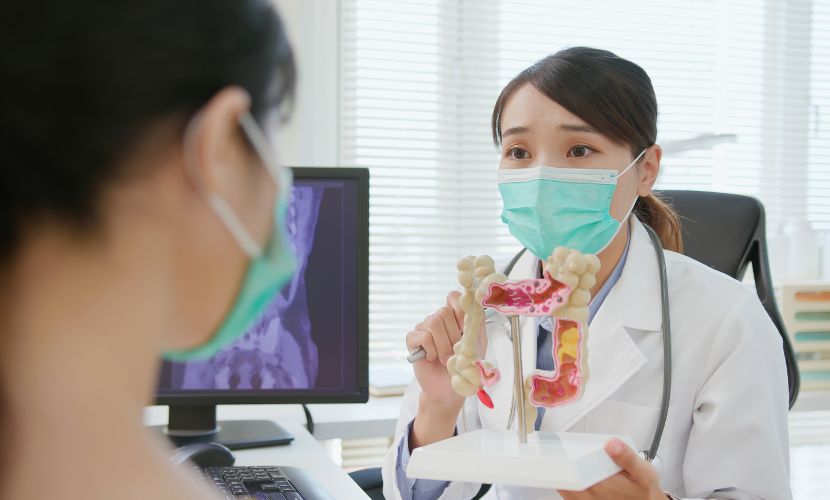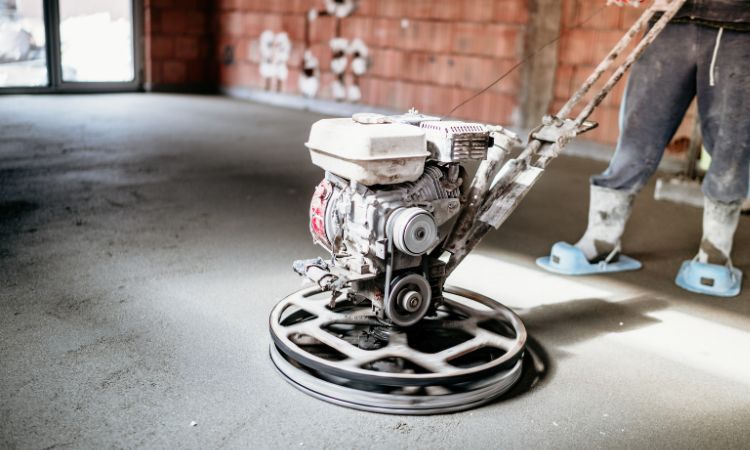Because of the fast-paced and demanding nature of modern life, stress has become a ubiquitous companion, posing serious hazards to our physical, mental, and emotional health. One possible result is musculoskeletal (muscle) discomfort, which is common among stressed people.
Headaches, joint pain, and backaches are common symptoms caused by stress-induced muscle tension, inflammation, and postural abnormalities. It is critical to recognise this interconnectedness in order to promote holistic health in the midst of our demanding schedules.
Positive comprehension vs. Adverse Stress
Stress triggers the fight-or-flight reaction, which is a survival strategy that helps us navigate dangerous situations. However, not all stresses are equal. Eustress is stress that inspires, improves concentration, and boosts performance. Distress, on the other hand, is distinguished by its duration and pervasiveness; it increases the probability of acquiring a variety of health issues, including muscle and joint pain.
Stress triggers the release of chemicals including cortisol and adrenaline. These hormones assist the body’s response to impending danger. Prolonged exposure to hormones released in response to chronic stress has the potential to exacerbate muscular tension, inflammation, and pain.
Physical Effects of Stress.
The musculoskeletal system, which is made up of tendons, ligaments, bones, and joints, performs a complex ballet that not only allows us to move but also maintains our overall stability. Our ability to traverse the environment effectively and adaptably is dependent on this synergistic teamwork. In contrast, chronic stress upsets this equilibrium by introducing discordant tones that ricochet throughout the system.
Muscle tension is a key musculoskeletal stress reaction. Chronic stress causes muscles to tense and tighten automatically, keeping the body on high alert. Physical discomforts and pains associated with this form of stress include headaches, neck pain, and back pain. Chronic stress has an especially negative impact on the shoulders, neck, and back muscles. The musculoskeletal system, which is meant to allow for beautiful and fluid movement, becomes immobile as a result of persistent stress, exacerbating the exterior symptoms of interior misery.
When inflammation acts as the entrance point, a new aspect of stress’s influence on the musculoskeletal system emerges. When exposed to persistent stress, the body starts an inflammatory reaction. Although inflammation is an intrinsic defensive mechanism, sustaining a continual state of heightened awareness may result in negative consequences.
The joints, which are critical components of the musculoskeletal system, are vulnerable to chronic inflammatory injury, which can lead to the advancement of disorders like arthritis. The negative repercussions appear as muscle soreness and joint stiffness, offering concrete proof of the complex interplay between stress signals from the mind and inflammatory reactions inside the body.
The subtle underpinning of our physical appearance, posture, is another unacknowledged consequence of chronic stress. Our posture may be altered as a result of muscular contraction and clenching in reaction to pressure. Musculoskeletal distress is typically caused by a change in posture, which is a subtle but powerful side effect of chronic stress.
The neck, shoulders, and lower back are the main characters in this story, and they are all suffering from bad posture due to the constant effect of stress. Strain generates discomfort in certain sensitive parts of the body, indicating injury to the musculoskeletal system.
Stress might have an effect on your musculoskeletal pain. Stress infiltrates the fine fabric of the body’s natural healing processes, progressively reducing their effectiveness. Constant stress undermines the human body’s extraordinary ability to repair itself. Instead of mending damage, the body is reallocating resources to handle the chronic stress response.
This primary hurdle to rehabilitation is the lengthy healing time, which exacerbates any prior musculoskeletal disorders. Persistent stress turns the body into a battleground where physical and emotional remains of earlier traumas linger, obstructing the restoration of balance and well-being.
To successfully minimise and manage pain, one must have a thorough understanding of how stress affects the musculoskeletal system. A thorough strategy is required to treat both the causes and symptoms. Individuals may improve their overall health by better understanding the relationships between posture, stress, inflammation, and the body’s natural healing mechanisms.
Define stress management.
Stress management is essential for breaking the vicious cycle of chronic stress and its negative consequences on musculoskeletal health. It entails learning and practicing skills for handling stress in a productive manner. One way is to change one’s eating, sleeping, and exercise habits in order to live a healthy lifestyle. These elements improve general well-being and may reduce the negative effects of stress on the body.
Musculoskeletal discomfort is a common side effect of stress, but practicing relaxation techniques on a daily basis may help. Yoga, meditation, and deep breathing are examples of relaxation practices that help the body manage stress by lowering muscular tension and calming the mind.
Use relaxing health products, such as the Gabapax 300 Stress Management Method. Certain people may want further assistance beyond implementing lifestyle changes and learning relaxation methods into their stress management routine. Pain relievers such as Soma 500 and 350 may be useful in this situation.
Gabapax, which contains the muscle relaxant carisoprodol, is used to alleviate mental and physical strain-induced musculoskeletal discomfort. They give analgesic relief by blocking the transmission of nerve impulses to the brain. Because of their side effects and potential for misuse, these drugs should only be used with the guidance of a physician.
Natural stress management, as an alternative to pharmaceutical therapies, has gained popularity in recent years. Pharmacy places a great priority on a complete approach that takes into account an individual’s psychological and emotional condition, as well as their physical health. This might include a combination of therapy interventions, lifestyle changes, and the use of mindfulness techniques.
To conclusion,
Recognising the complex nature of the interaction between stress and musculoskeletal discomfort is the first step towards its treatment. Achieving a more holistic and pain-free lifestyle requires discriminating between beneficial and negative kinds of stress, using stress-management practices, and investigating pharmaceutical therapies such as Pain o Soma 500 and Pain o Soma 350. Adopting a relaxed attitude to wellness, as indicated by Pillsplace, may improve the efficiency of stress-management approaches by fostering holistic health, which includes both physical and mental aspects.




















